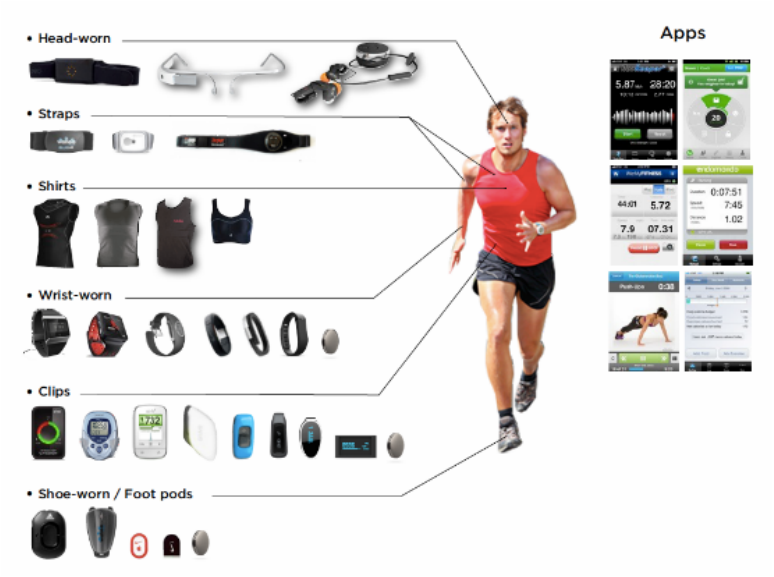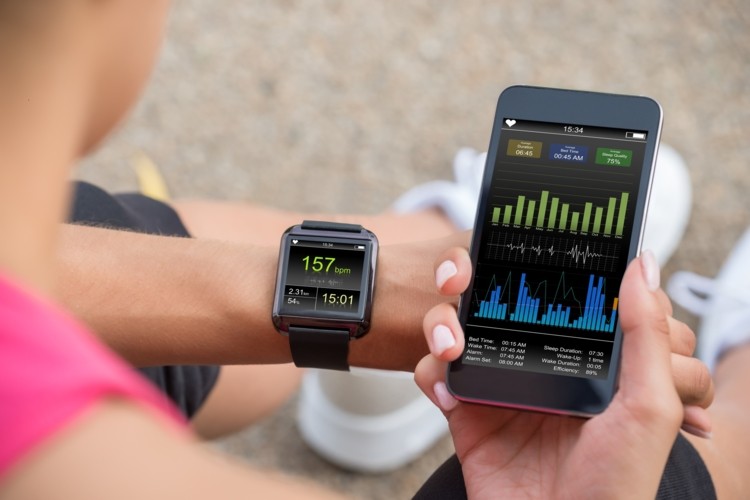
Thanks to the Internet of things, by now I know many objects that can be connected to the network wearable devices represent a use of this technology. To provide an idea of the diffusion of these devices, the data that emerged from a recent research is reported, which records shipments of around 154 million wearable devices in the fourth quarter of 2020, with a forecast of 453 million units shipped worldwide during 2022.
The most used wearable devices in fitness are Fitness Tracker Smartwatches, which allow you to monitor and track your physical activity, constantly supporting the uter during his training session.Other innovative products that fall into the category of wearable devices used in the fitness are clothing: for example, the Athos Core sportswear is equipped with sensors that allow you to monitor muscle activity and the heartbeat, sending collected data to the smartphone via bluetooth; the Na brand, on the other hand, offers Yoga leggings capable of identifying the correct position to assume and signaling any errors to the user through slight vibrations on the hips, knees and ankles.
Many studies, in recent years, have found a positive correlation between the use of Apps and technological devices, improving people’s well-being; it turns out that they stimulate sedentary subjects to move and that they increase personal motivation to carry out physical activity.
Furthermore, even the growing trend of postmodern trends towards gamification finds a positive response from these tools, which allow body care and training to be combined with the pshisical activity with entertainment and fun functions by creating object reward systems or rankings, thus satisfying the quest of the playful.


